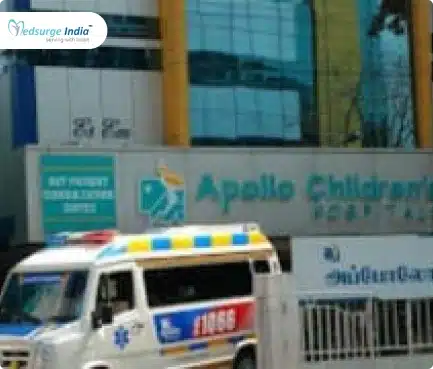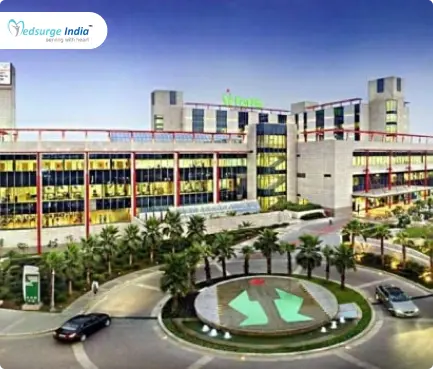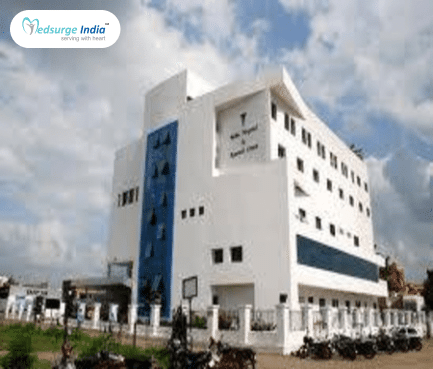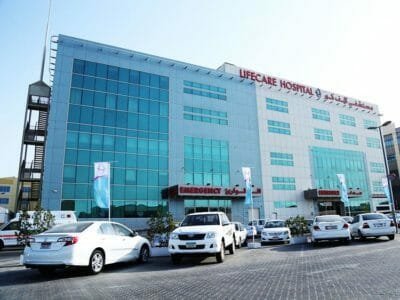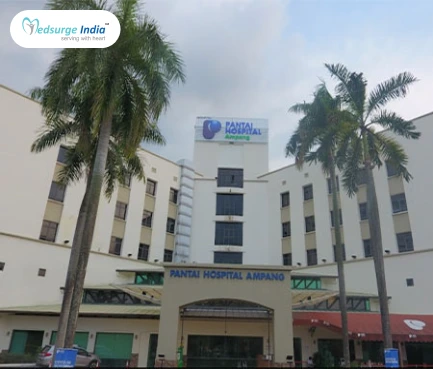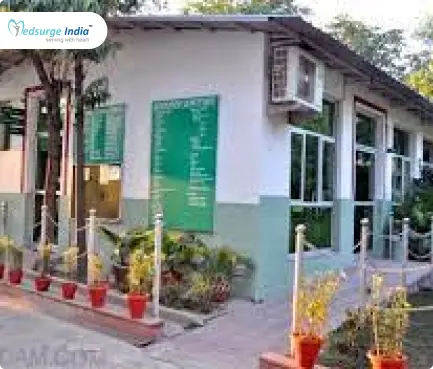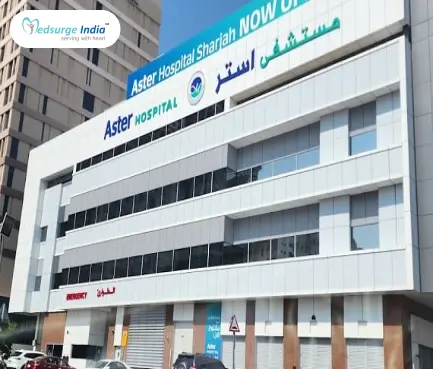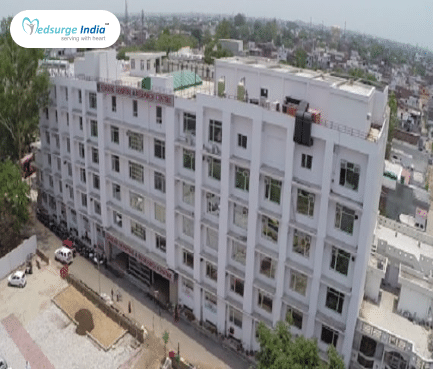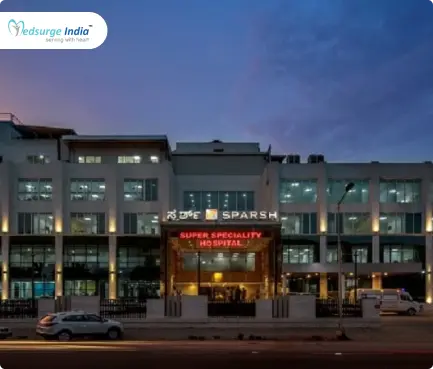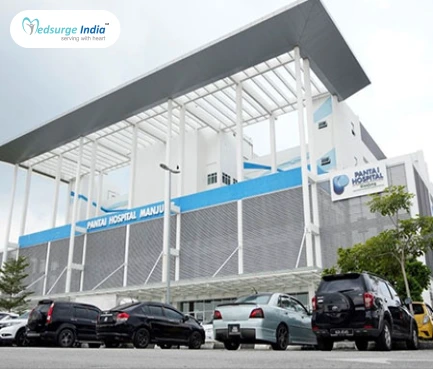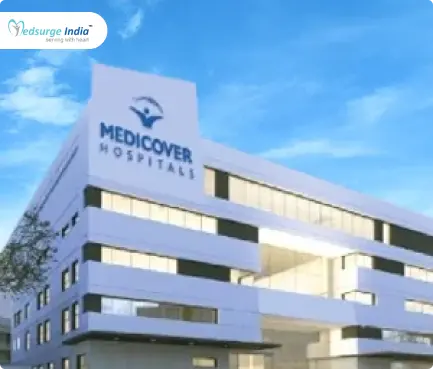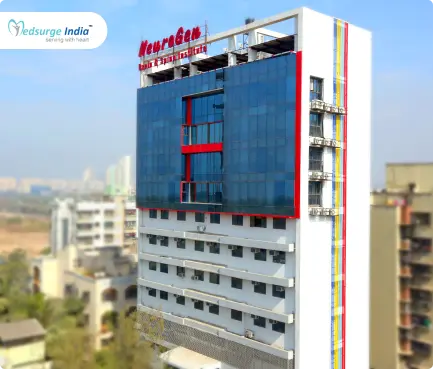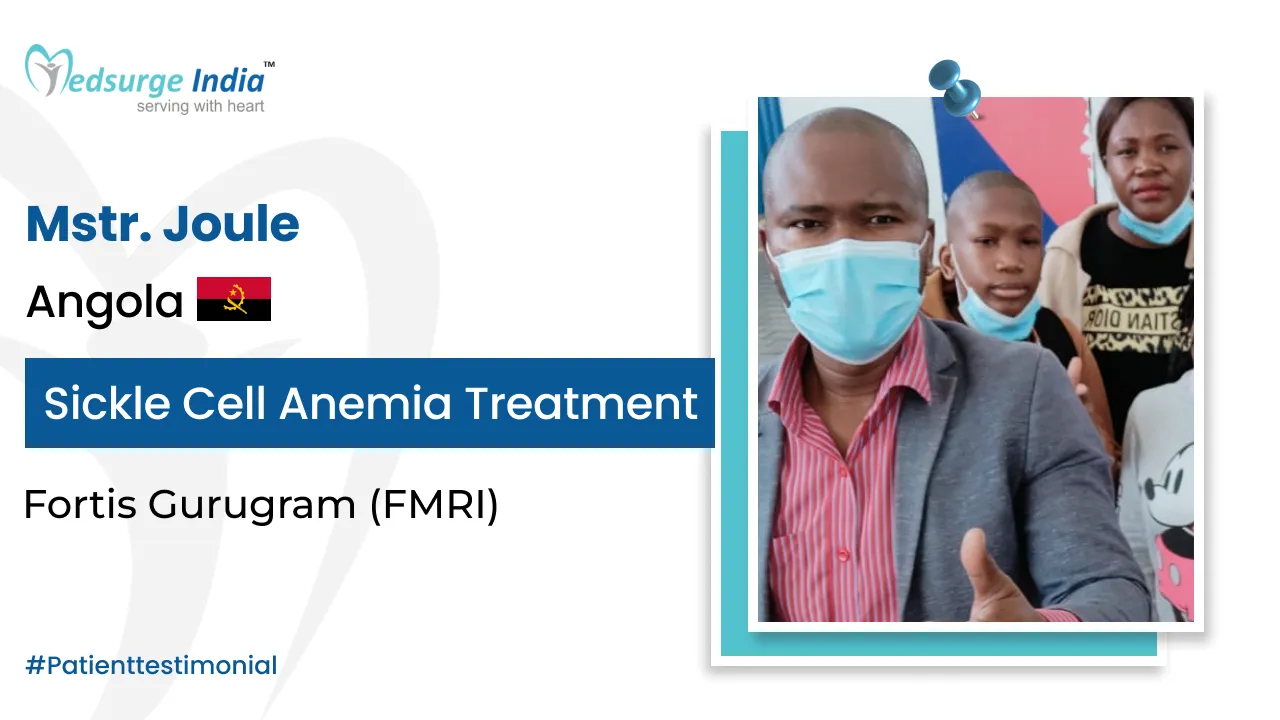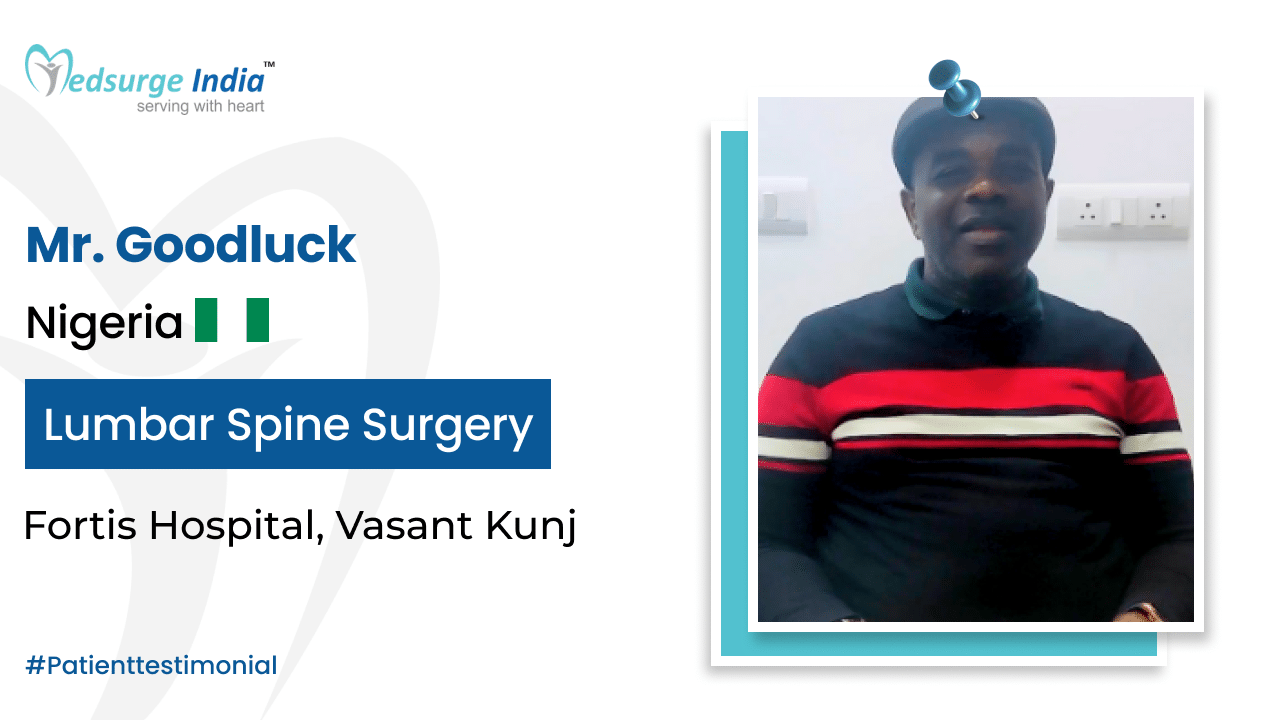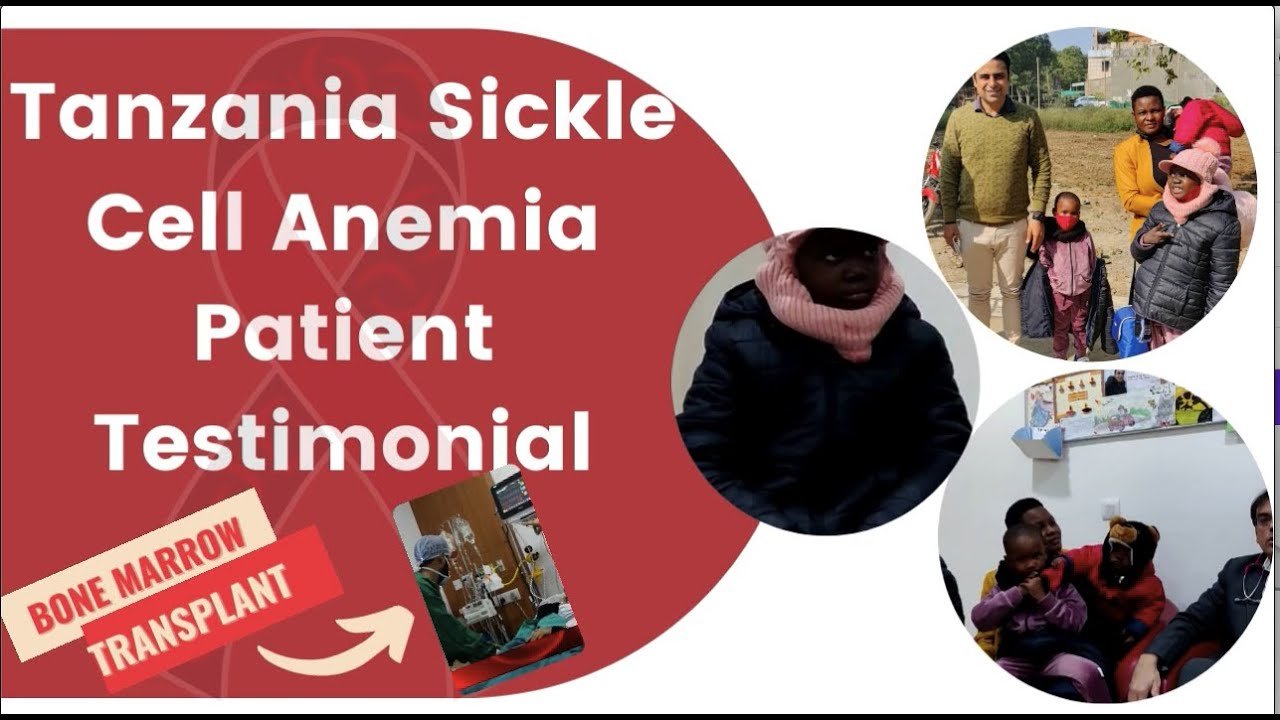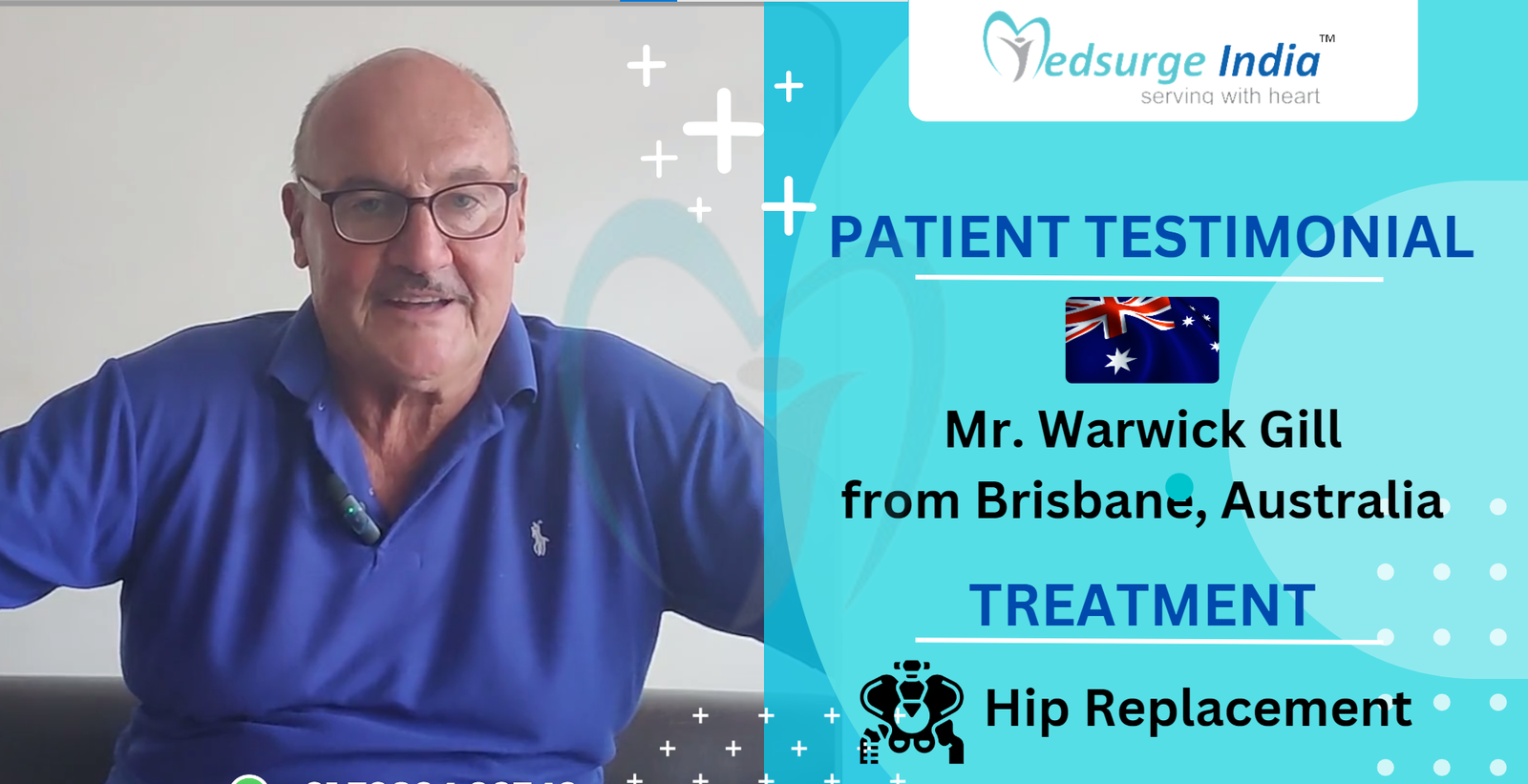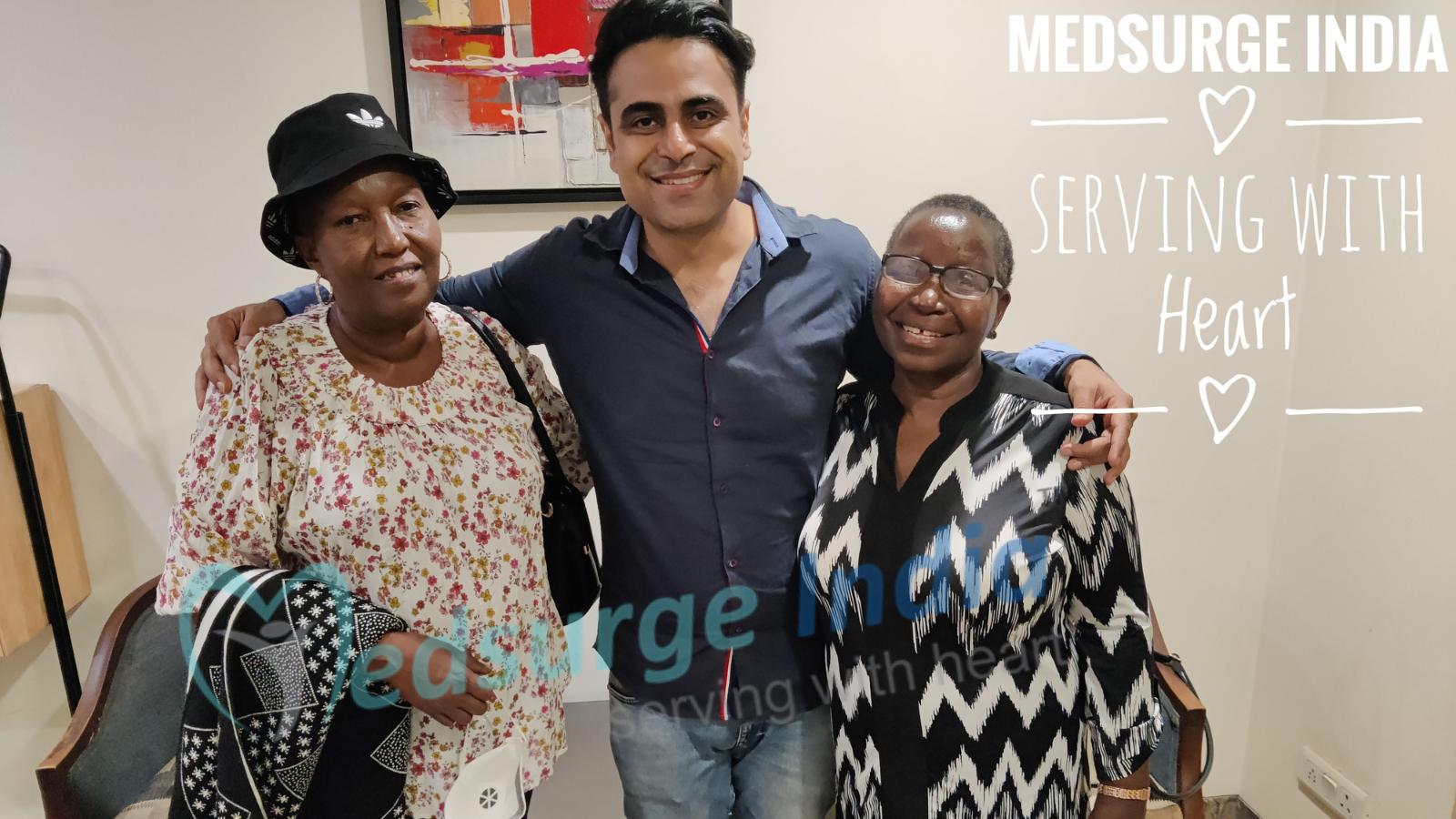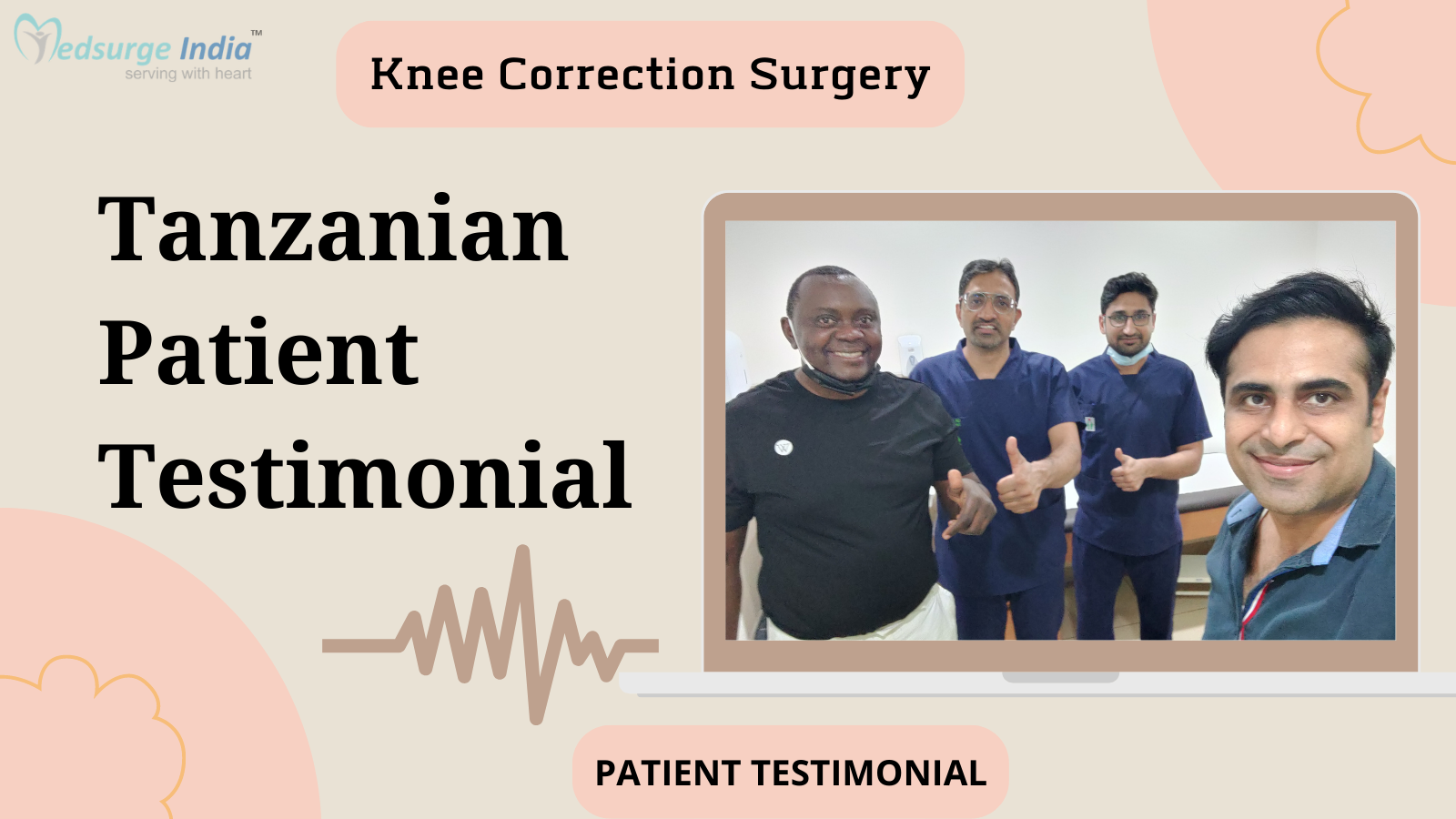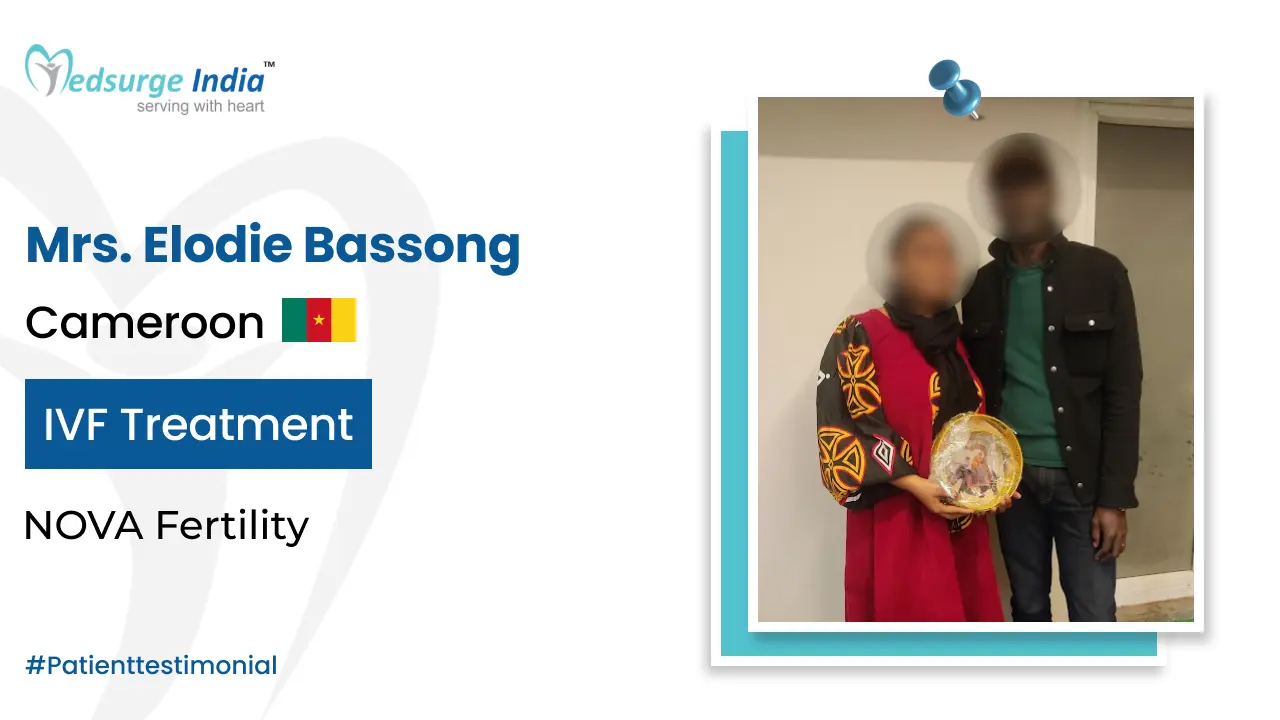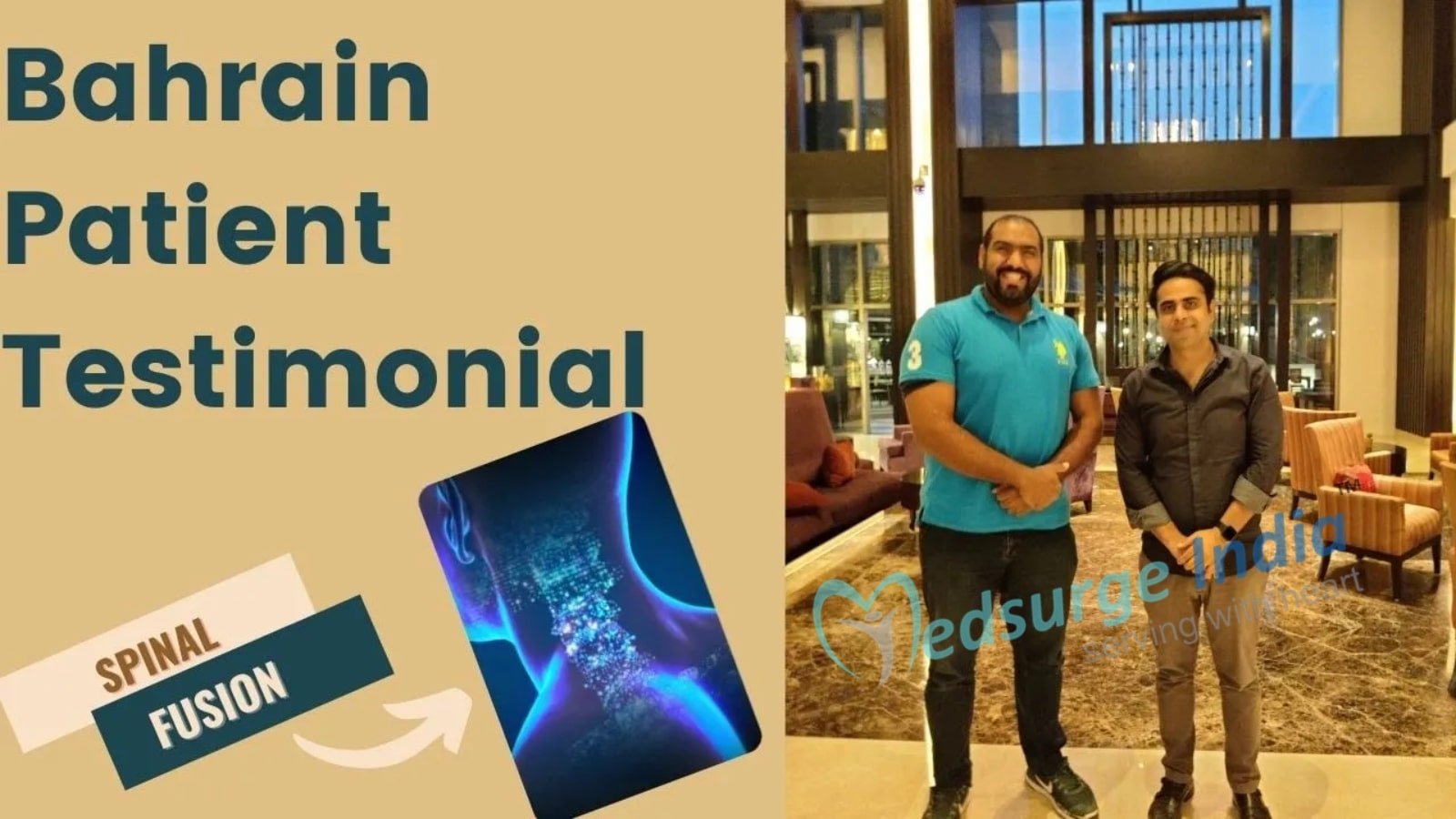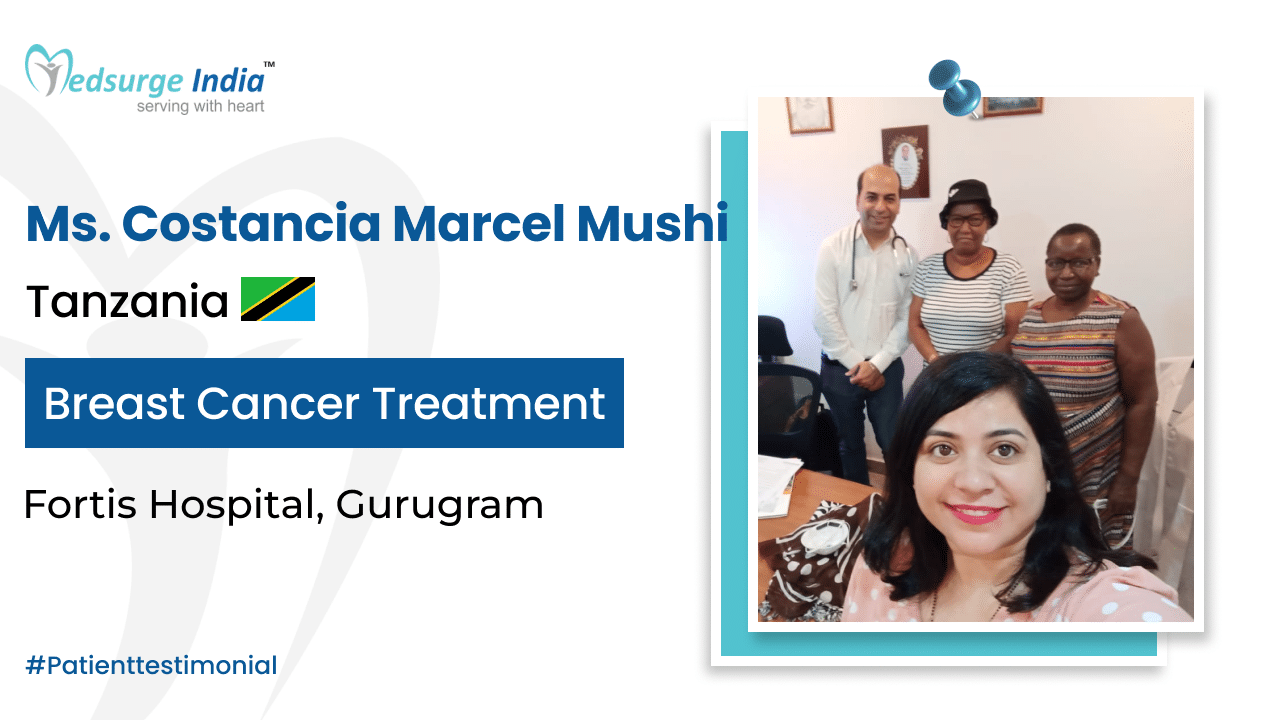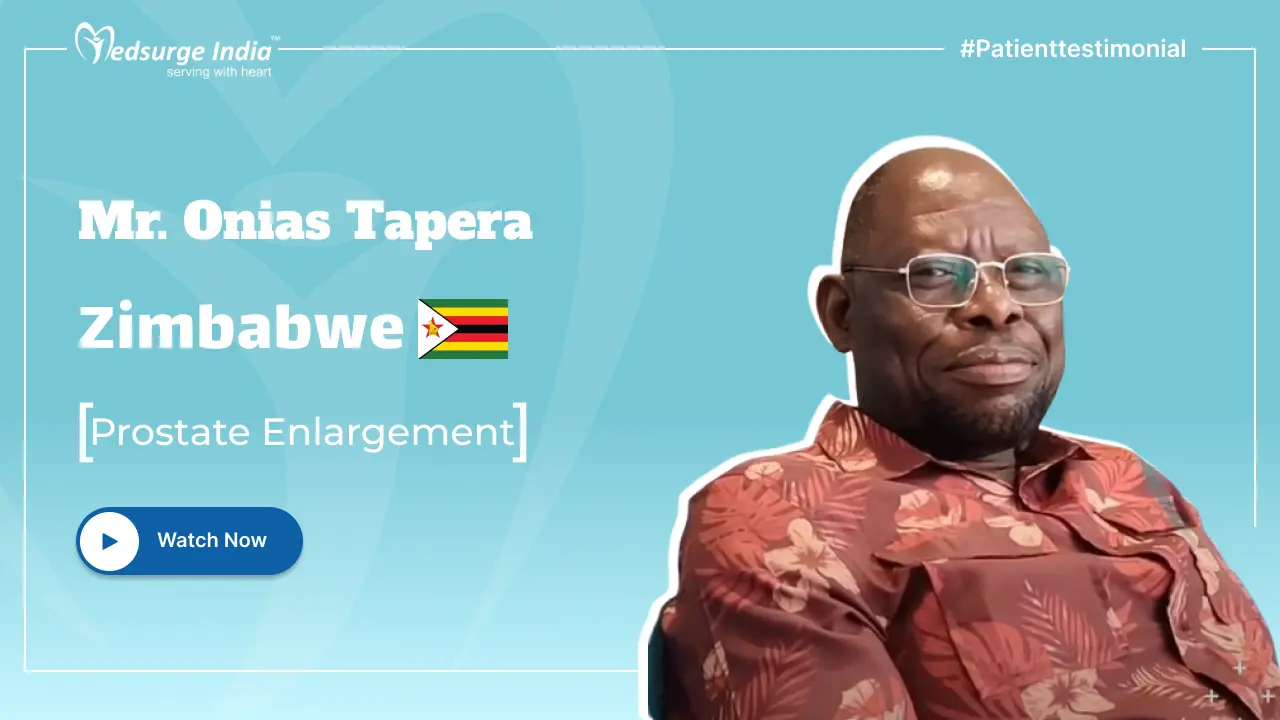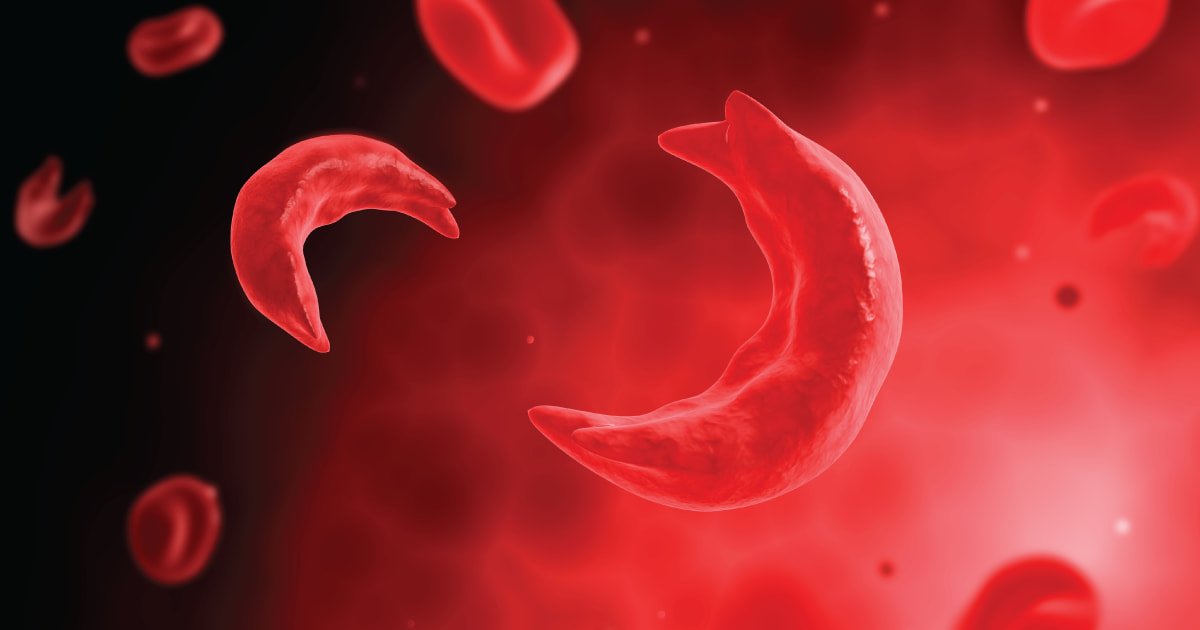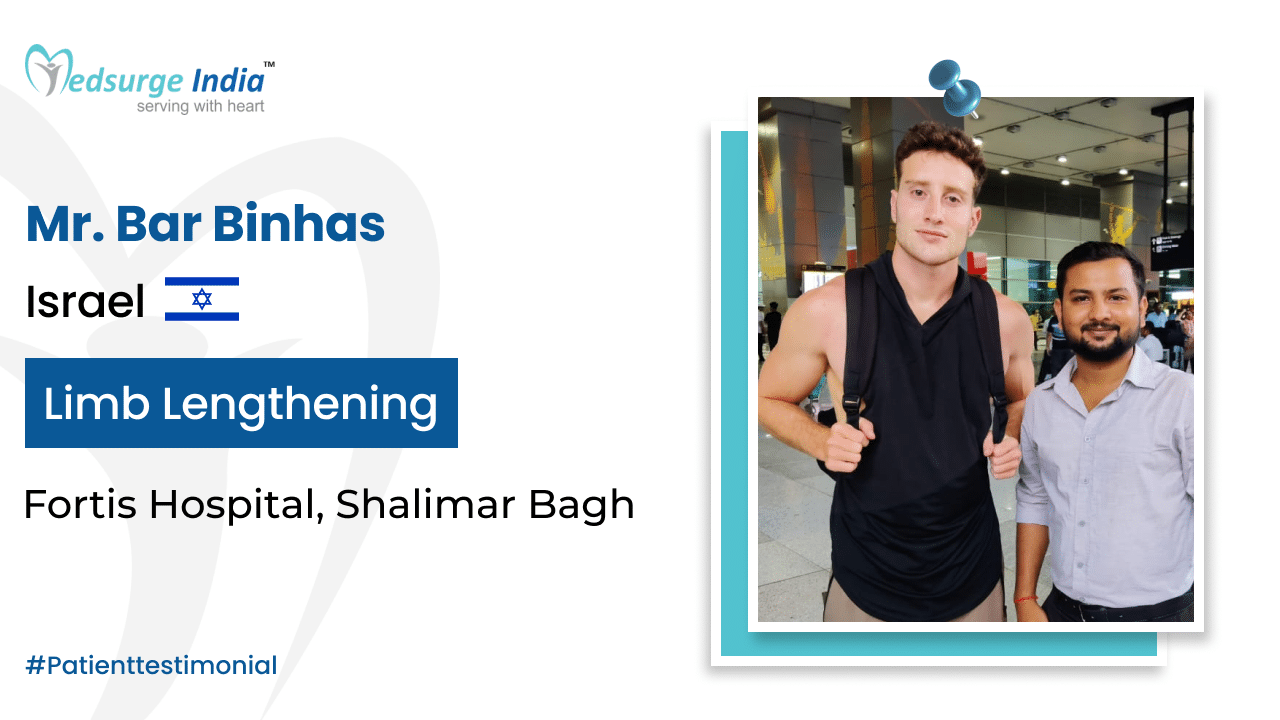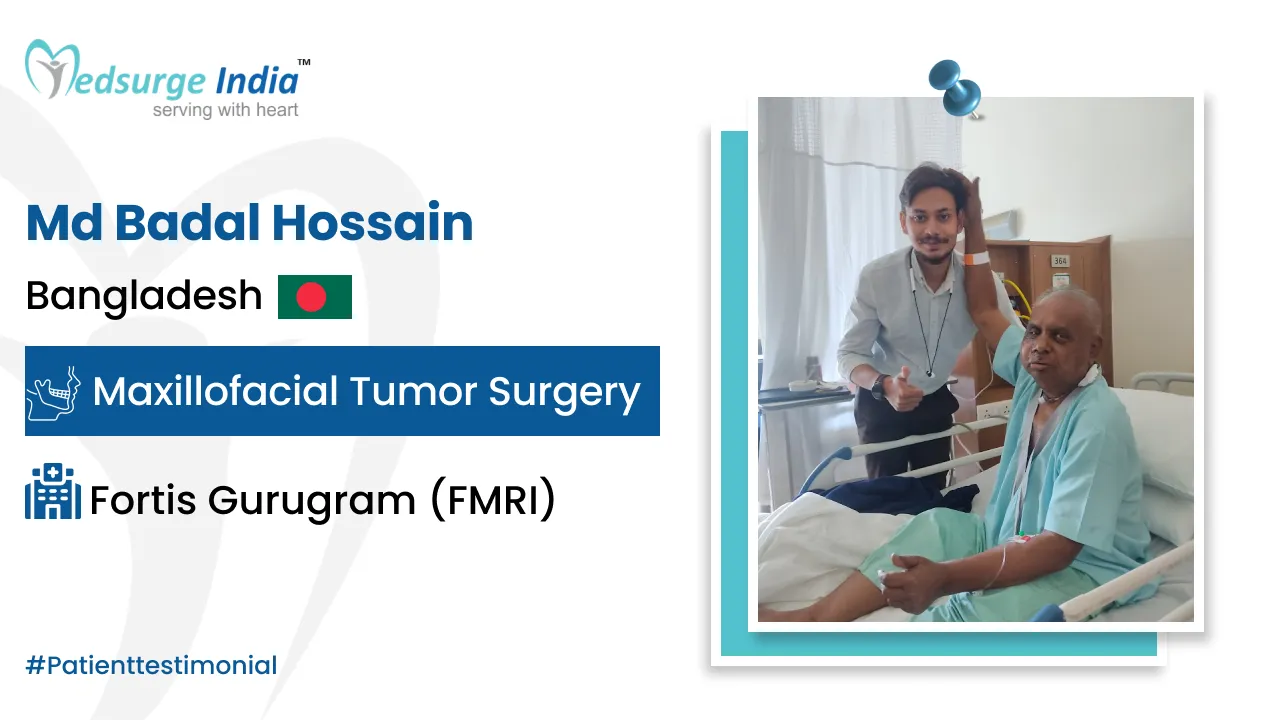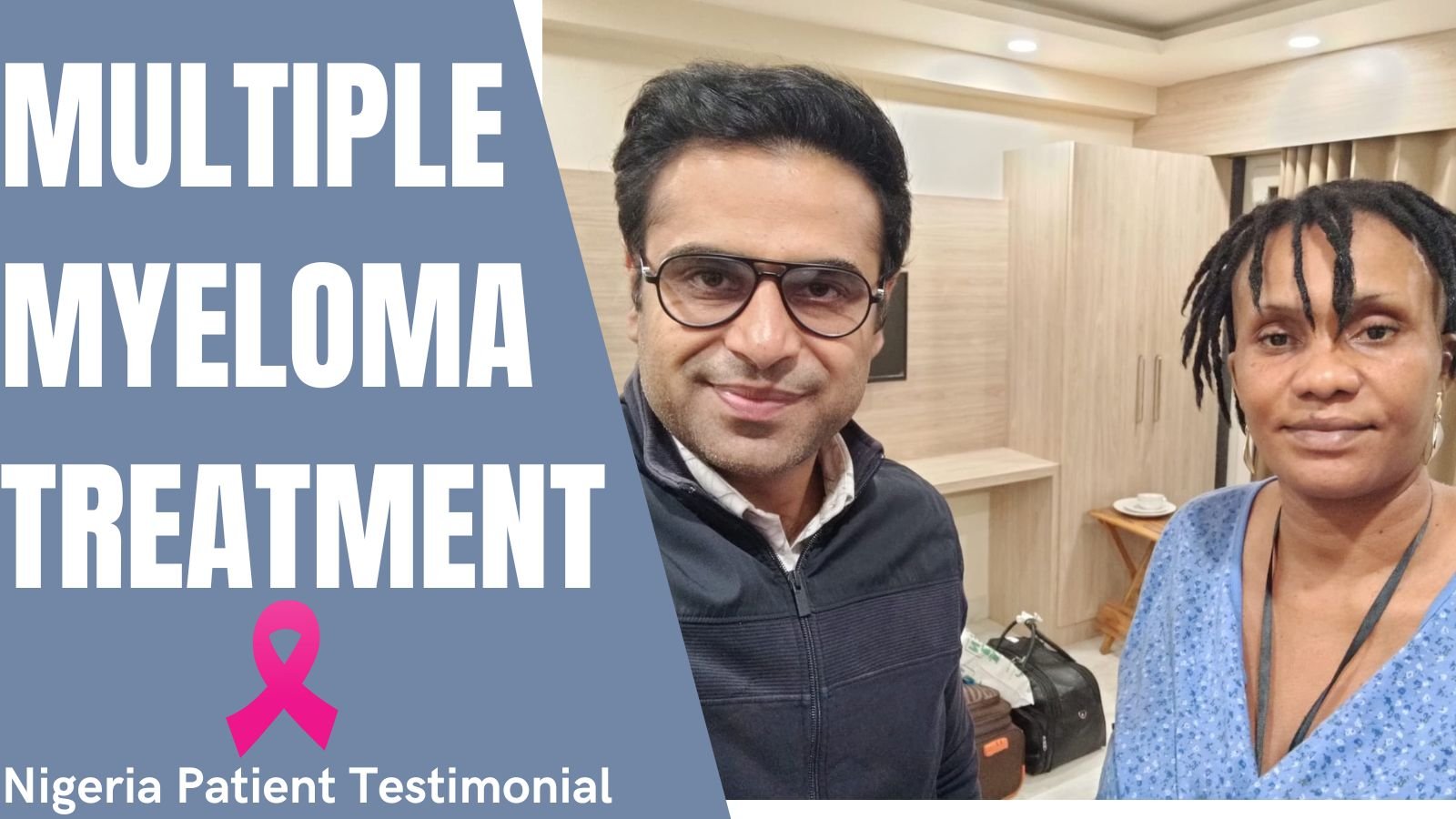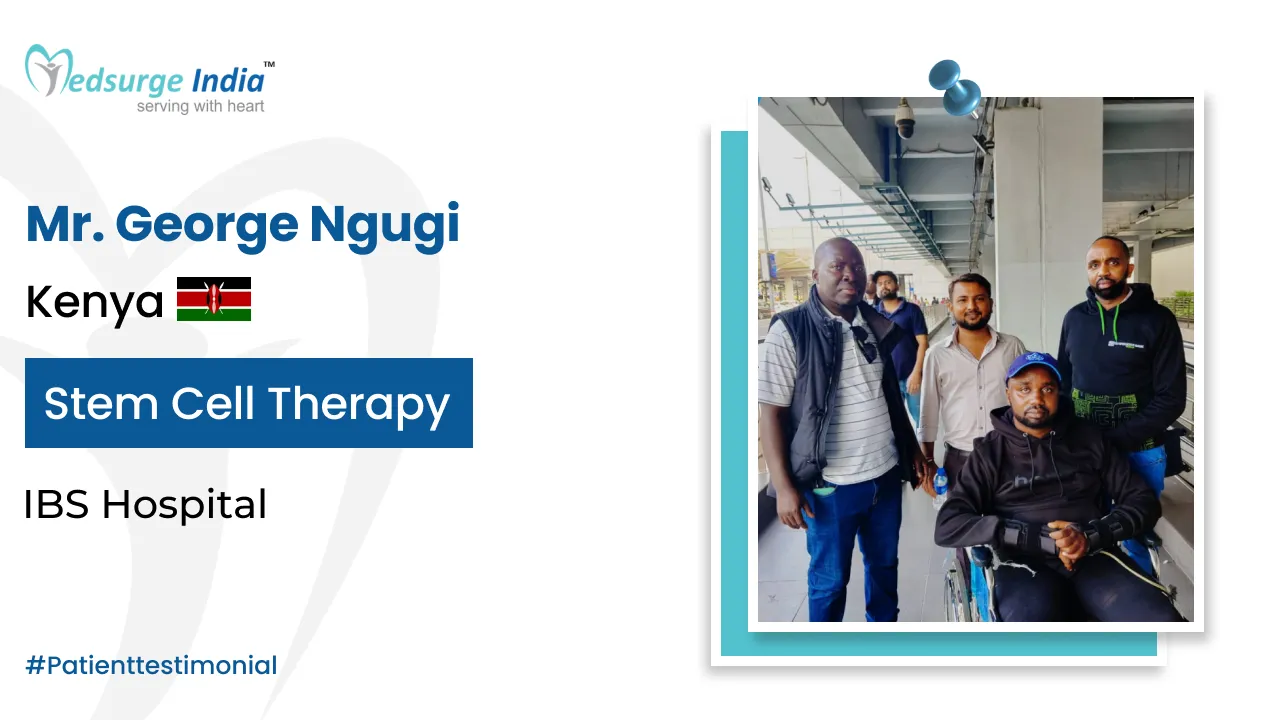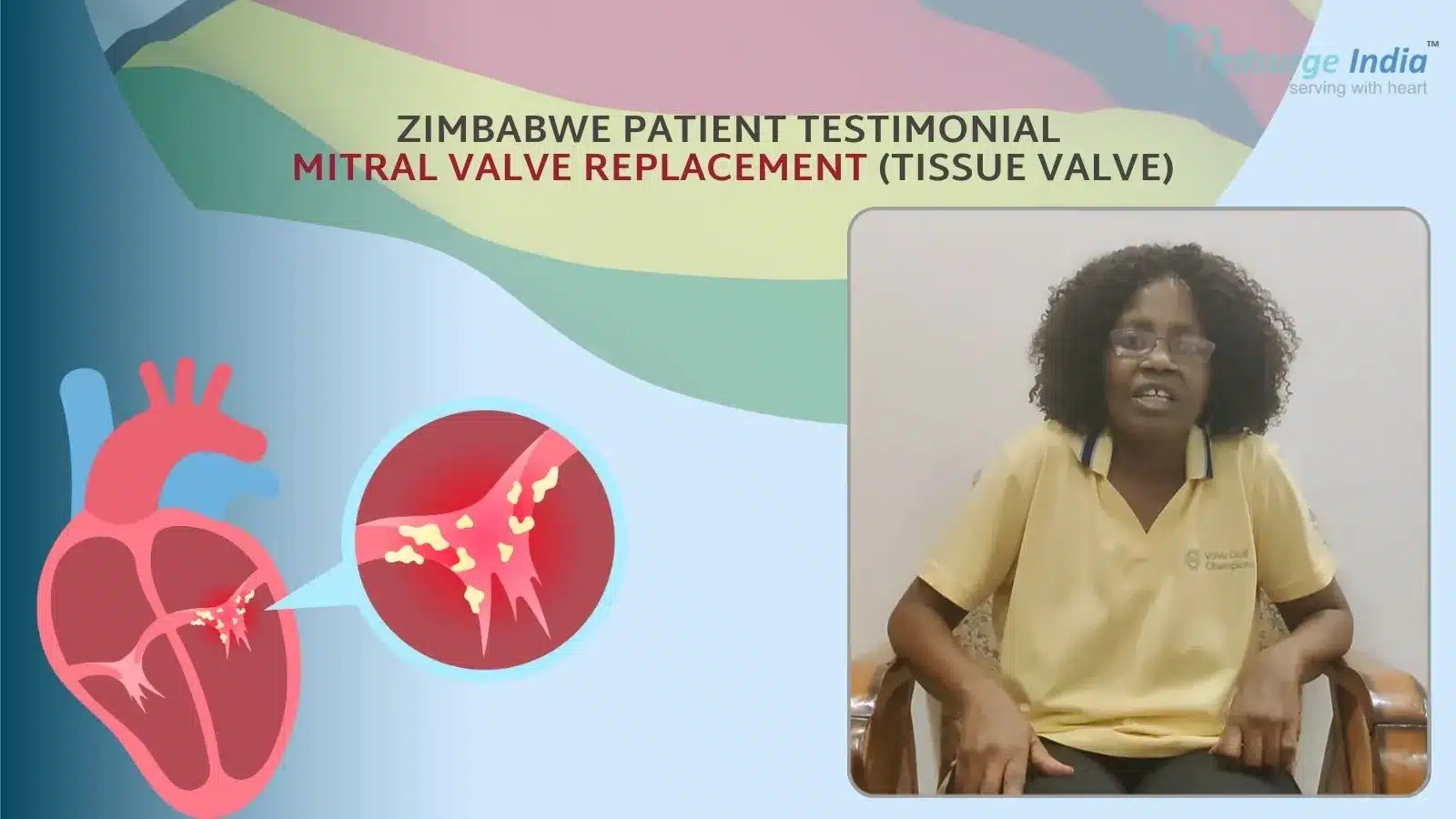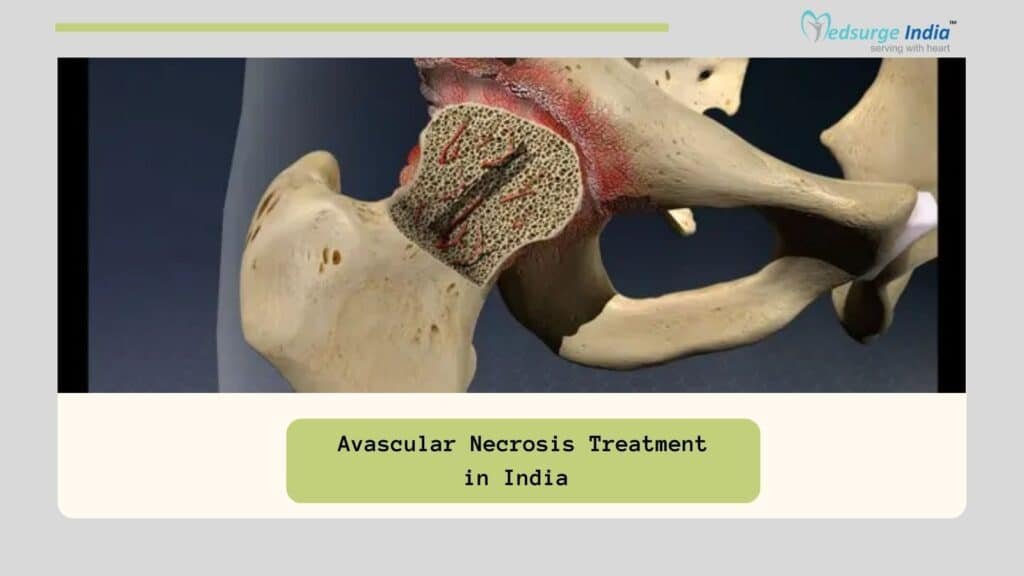
The loss of bone tissue brought on by a lack of blood supply is known as avascular necrosis. It is also known as osteonecrosis, and it can result in minute fractures that eventually cause the bone to collapse. Typically, the procedure can take up to certain months or years.
Blood flow to a portion of bone might be interrupted by a fractured bone or a dislocated joint. Both excessive alcohol use and long-term intake of high-dose steroid medicines are linked to avascular necrosis. Any person could be impacted by it. Nonetheless, those who are between the ages of 30 and 50 are most likely to have the illness.
Avascular necrosis can damage the bone in any joint, although it usually affects the hip. Avascular necrosis can also develop in the following other joints:
- Ankles
- Jaw
- Knees
- Shoulders and upper arm (humerus)
What Are The Symptoms of Avascular Necrosis?
Before you have symptoms that could point to avascular necrosis, it could take weeks or months. The following are some progressive symptoms that may indicate avascular necrosis:
- Periodic discomfort that intensifies and subsides in response to applying and releasing pressure on your bone.
- Tight joints and growing agony.
- Restricted range of movement.
- If you have avascular necrosis in your knees or hips, you may be limping.
- Difficulty standing, walking, or climbing stairs.
What Causes of Avascular Necrosis?
Avascular necrosis is brought on by diseases that stop blood flow to bone tissue or by fractures in the bone. Twenty percent of cases of avascular necrosis have no apparent cause. Avascular necrosis has the following known causes:
- Traumatic avascular necrosis: This condition may arise from a dislocated joint or broken bone.
- Fat buildup in the blood arteries: Lipids found in fat can obstruct tiny blood arteries. This may lessen the blood supply to the bones.
- Nontraumatic avascular necrosis: This occurs when a disease or other medical condition obstructs the blood supply to your bone tissue. On both sides of the body, nontraumatic avascular necrosis frequently affects the same bones. For instance, you probably have avascular necrosis in your left shoulder if you have it in your right.
Occasionally, the etiology of non-traumatic avascular necrosis remains incompletely understood. Genetics probably plays a part, as does excessive alcohol consumption, use of certain drugs, and other illnesses.
How Is Avascular Necrosis Diagnosed?
Diagnosis of Avascular Necrosis can be as follows:
- Clinical Evaluation: A physician or your healthcare provider will begin your diagnosis by taking a detailed medical history and performing a physical examination. They will ask a detailed information about your symptoms, risk factors, and the duration of discomfort or pain.
- Imaging Studies: Various imaging studies will be taken to have detailed info and to help confirm the diagnosis and determine the extent of the disease. These may include X-rays, MRI (Magnetic Resonance Imaging), and CT (Computed Tomography) scans also, MRI is particularly useful for the early detection of Avascular Necrosis.
- Bone Scan: A bone scan will proceed as it can show areas of decreased blood flow to the affected bone, which can be indicative of Avascular Necrosis.
- Blood Tests: Certain blood tests will be taken so that they can help identify underlying conditions that may contribute to Avascular Necrosis, such as clotting disorders or autoimmune diseases.
Get Free Cost Estimation
Procedure
What Are The Treatment of Avascular Necrosis?
The treatment of Avascular Necrosis aims to relieve pain, improve joint function, and prevent the progression of the disease for patients. The choice of treatment will depend on the stage of Avascular Necrosis and the joint involved. Also, countries like India are known for having some of the best orthopedic doctors, and Avascular Necrosis Treatment in India can have the following types of treatment available:
- Medications: In the early stages of Avascular Necrosis, non-steroidal anti-inflammatory drugs (NSAIDs) can be prescribed to the patient to manage pain and reduce inflammation. Certain medications such as Bisphosphonates, a type of medication that can help strengthen bones, may also be considered.
- Physical Therapy: Physical therapy is known to help improve joint function and reduce pain. Ceratin-specific exercises can be designed according to the patient’s condition to strengthen the surrounding muscles and improve their mobility.
- Core Decompression: In this type of procedure, a surgeon will remove a core of bone from the affected area to relieve pressure, stimulate new blood vessel growth, and promote healing.
- Osteotomy: In some cases, your surgeon may opt for osteotomy as the bone may need to be realigned through osteotomy to reduce stress on the affected area.
- Joint Replacement: In certain advanced cases, a joint replacement surgery may be necessary for the patient’s condition. This procedure involves replacing the damaged joint with an artificial joint, such as a hip or knee replacement.
- Biological Therapies: Regenerative therapies or treatment, like stem cell therapy or bone grafts, may be considered in some patient’s cases to promote tissue regeneration.
- Electrical Stimulation: Pulsed electromagnetic field therapy (PEMF) or extracorporeal shockwave therapy (ESWT) can be used or utilized to promote bone healing.
- Vascularized Bone Graft: In some specific conditions, a vascularized bone graft can proceed, where the bone is transferred with a blood supply, and can be used to provide fresh blood and nutrients to the affected area.
- Lifestyle Modification: Lifestyle changes, such as weight management and smoking cessation, are important as they can help reduce the risk of further damage.
It is very important to consult a medical professional for an accurate diagnosis of the patient’s conditions and a personalized treatment plan for the patient if the doctor suspects Avascular Necrosis. Additionally, early detection and intervention will improve the patient’s chances of successful treatment and prevent further joint damage of the patient. The treatment plan will specifically depend on the patient’s age, overall health, the stage of Avascular Necrosis, and the joint involved.
Best Orthopedic Surgeons in India
- Dr. Narender Kumar Magu
- Dr. Jayant Arora
- Dr. Yatinder Kharbanda
- Dr. Sanjay Sarup
- Dr. Ram Chidambaram
- Dr. Yuvraj Kumar
- Dr. Sunil Shahane
- Dr. Preshith Gaddam
- Dr. Balvinder Rana
What Is The Success Rate of Avascular Necrosis Treatment in India?
The success rate of an Avascular Necrosis treatment in India can vary depending on the factors such as the stage of the patient’s condition, the chosen treatment approach, and the individual patient’s response to therapy for Avascular Necrosis. Success rates may range from moderate to high, particularly when an early diagnosis and appropriate interventions are employed, and It is essential to consult with medical professionals in India to discuss specific treatment options and their associated success rates for your particular case.
Avascular Necrosis Treatment Cost in India
The price of Avascular Necrosis Treatment in India is quite low in comparison to other countries. Moreover, the extent and satisfaction of medical care and offerings are equivalent to the ones located within the global’s best hospitals. Even after travel, accommodations, and meal expenses are deducted, the complete Avascular Necrosis Treatment Cost in India starts from 4000 USD also, the final cost will depend on your total evaluation and the type of treatment you will need.
Factors That Can Affect the Cost of Avascular Necrosis Treatment in India
The important factors that can affect Avascular Necrosis Treatment in India are:
- Medication costs
- Experience of the Doctor
- Hospitalization Period
- Form of doctor-recommended treatment
- Additional medical examinations, if applicable
- Avascular Necrosis Treatment in India prices can depend on the type of hospital and rooms you stay.
Medsurge India offers the best Avascular Necrosis Treatment Cost in India at an affordable price for international patients coming to India under the supervision of the most trained doctors.
Also Read:- Hip Replacement Surgery Cost in India
Why Do Patients from All Over The World Travel To India For The Treatment?
Patients from all over the world choose to come to India for Avascular Necrosis treatment as Avascular Necrosis Treatment Cost in India is more affordable plus they have some of the highest quality facilities, specialized expertise, shorter wait times, English-speaking professionals, tourism opportunities, and have access to alternative therapies which can be found only in India. Furthermore, India’s rich cultural heritage and its medical innovations further attract patients seeking effective and affordable treatment.
Best Hospitals For Avascular Necrosis Treatment
- Artemis Hospital Gurgaon
- Fortis Hospital Gurgaon
- Indraprastha Apollo Hospital New Delhi
- Apollo Hospitals, Greams Road, Chennai
- MGM Healthcare, Chennai
- Global Hospital Chennai
How Can Medsurge India Help?
Medsurge India is a prestigious support system for patients looking for doctors, hospitals, and specialized treatments. Our staff will provide you with a list of licensed, renowned, and trustworthy physicians and medical facilities in relation to your medical needs. Furthermore, we offer a treatment strategy that fits your budget. Apart, we assist patients with obtaining travel authorizations, medical visas, and a multitude of other things.
The Most Important Frequently Asked Questions
Q: Is It Possible to Cure Avascular Necrosis Without Surgery?
A: In treating AVN, no surgical technique is generally regarded as the best by surgeons. The best course of action in the early stages of AVN (precollapse) is usually thought to be core decompression, either with or without a bone graft.
Q: Can Avascular Necrosis Be Cured?
A: There is no known cure for avascular necrosis, however, treatment can halt its progression. The majority of patients with avascular necrosis eventually undergo joint replacement surgery. Severe osteoarthritis can also develop in those with avascular necrosis.
Q: Is Walking Beneficial to AVN?
A: By removing pressure from the bone throughout its healing process, using a walking aid lowers the possibility of breaking your hip during this critical period. Individuals who have had bone and blood vascular grafting must restrict their hip weight for a maximum of six months.
Q: Can Physical Activity Treat AVN?
A: In the early stages of avascular necrosis of the hip, physical therapy may be a useful treatment option instead of surgery. In more complex cases, it is frequently also suggested to help with both operation preparation and post-operative rehabilitation.
Q: How Much Time Does AVN Take to Recover?
A: In the event that your AVN is in Stage 3 or 4 (collapsed), your physician will probably replace your hip. With this process, artificial components are used to replace the broken bone. After hip replacement surgery, healing takes around eight weeks.


